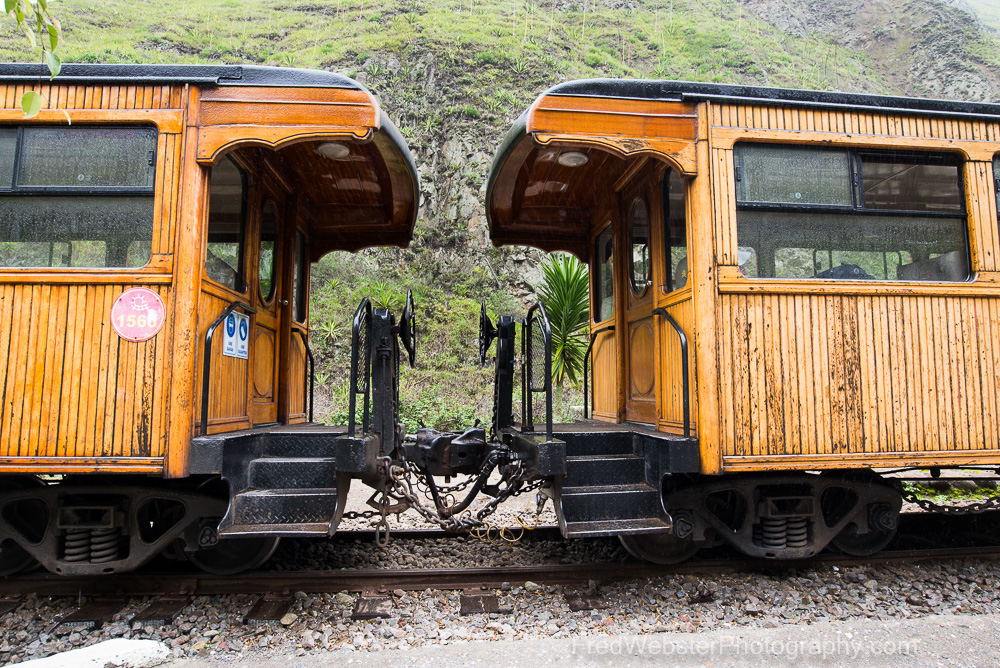Travelling from Riobamba to The Devil’s Nose.
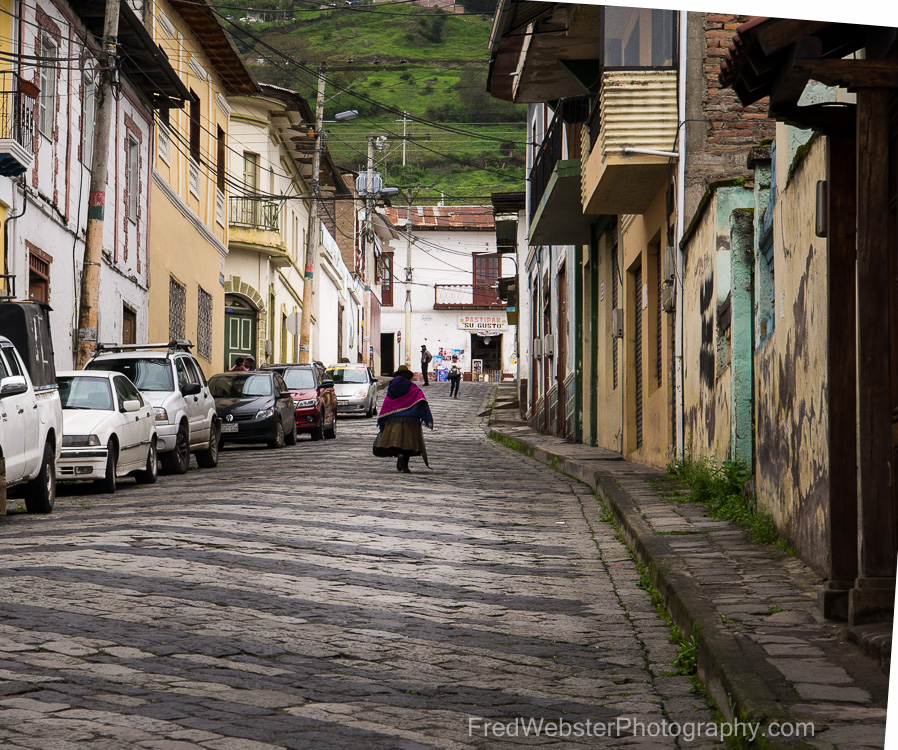
Coming down from altitude after the Chimborazo hike felt good. A great sleep after a wonderful meal and we had new energy for the day. There is a wonderful farmers market to explore in Riobamba full of indigenous farmers presenting their local produce. It is a photographers delight. I found them to be very friendly and they were having a bit of fun introducing me to some fruits and vegetable samples I had never seen before, waiting for my reaction, which was mostly positive.
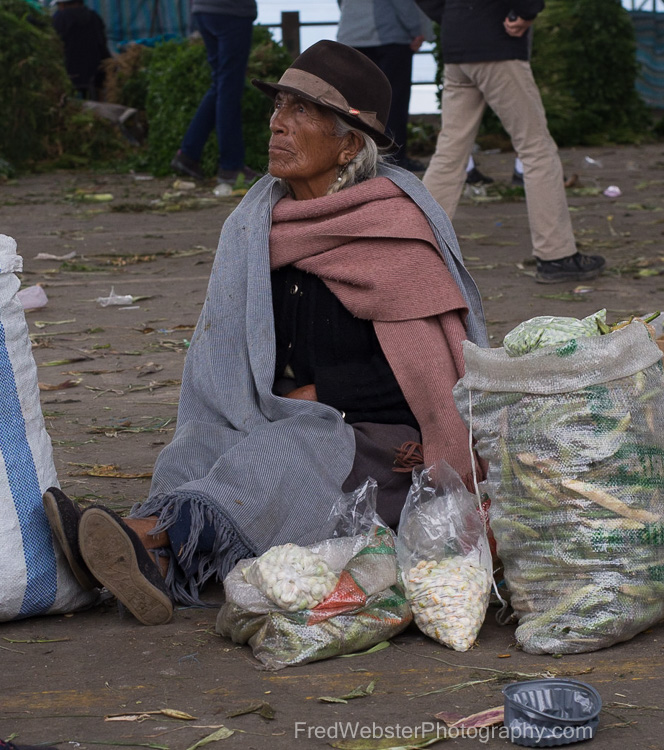
We didn’t linger long as our travel destination was to the atmospheric little railway town of Alausi for a ride on the Nariz del Diablo train route. Alausi (not to be confused with the much less inspiring town of Aloasi) is a picturesque lively town at the halfway point on the original rail system between Guayaquil and Quito. Leave some extra time to wander and explore the towns colourful back streets and commerce. There are some wonderful coffee shops that are less expensive a couple of blocks away from the train station but I have to admit that, with the train tracks running down the middle of the street we found it fascinating to sit with our coffee there to watch the action.
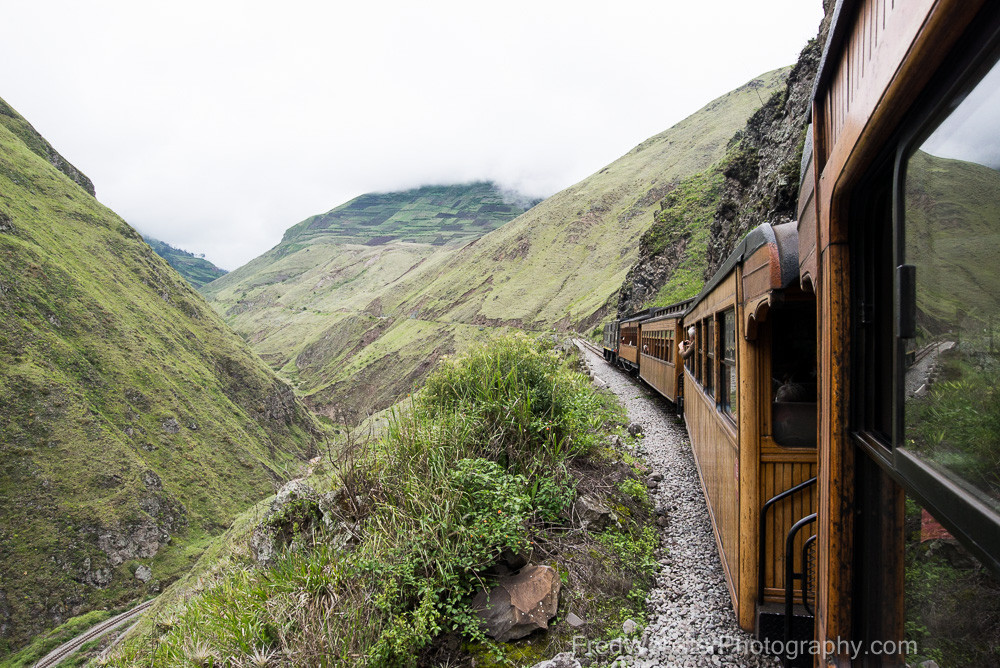
Okay, so this train ride is dubbed “the most difficult railway in the world” in @roughguides and, even worse, some guides claim it to be the most dangerous. I read all this after preparing these notes. That might have been a good thing because the train was delayed an hour to clear a landslide on the tracks before we were to board. Hmmmm! But, it is also described as the most scenic, impressive and thrilling 12 km stretch on the continent by @viatour @lonleyplanet.

The train travels along the almost perpendicular wall of the mountain from Alausi to Sibambe descending more than 500m in less than 12km in a narrow gorge of Rio Chanchan. At the Simbambe Train Station we were greeted by the Puruhuas people where we had a chance to learn about their culture.
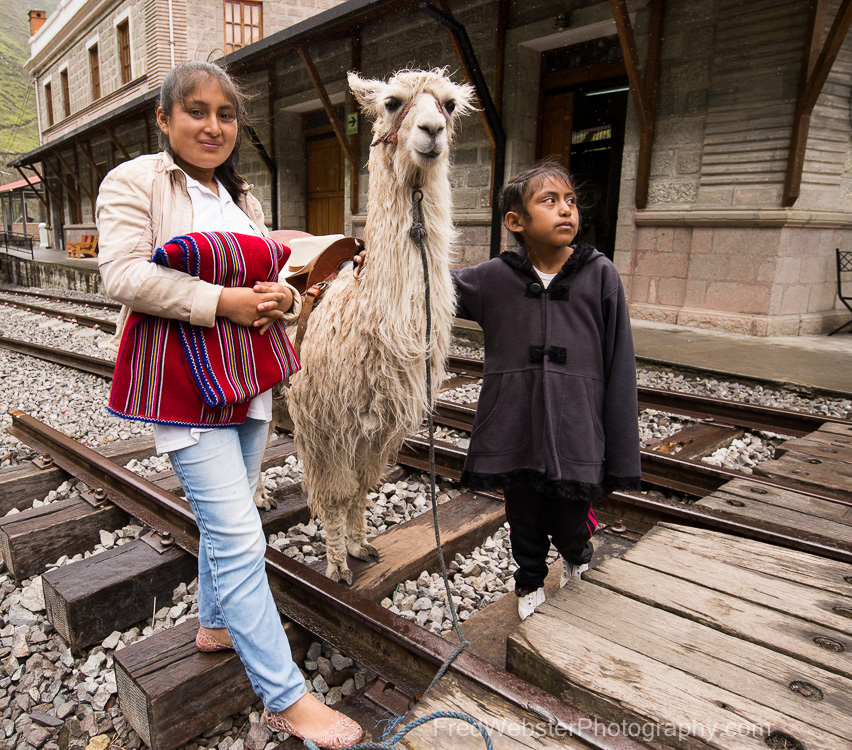
The ride itself is breathtaking. The photogenic scenic beauty is mesmerizing up, down and across the gorge. At one point the train stopped while a conductor switched the track to allow the train reversed down another steep section in the descent to the bottom. It reminded me of a steep train ride in the Swiss Alps but without the clog rail to help the engine.
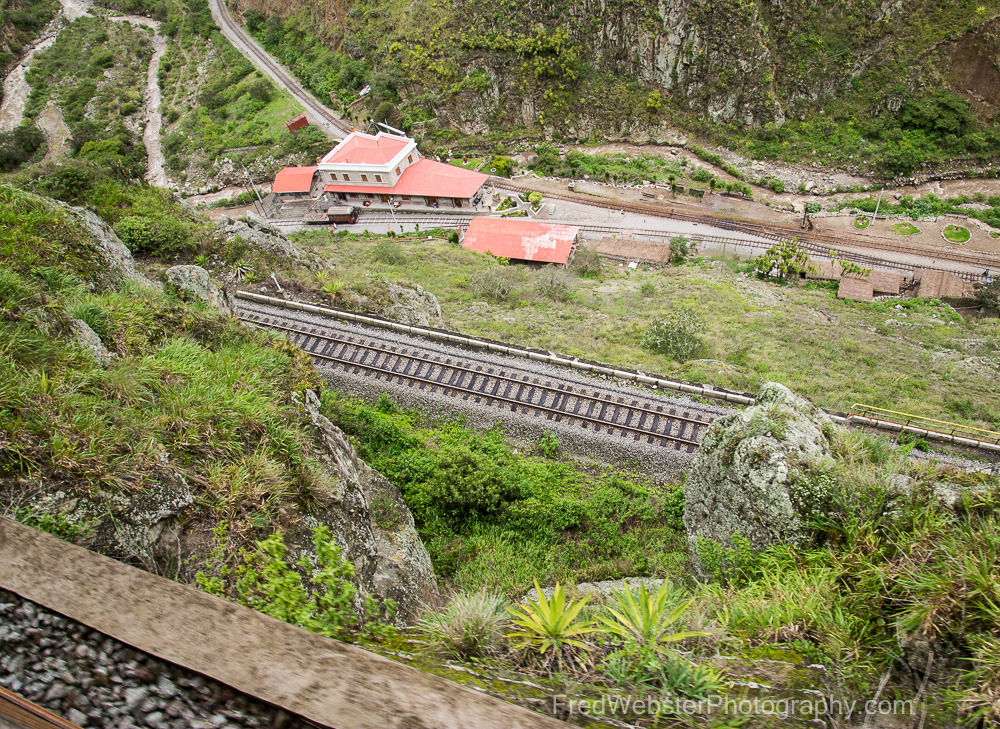
After that excitement we headed to the wonderfully artistic city of Cuenca for a couple of days with a stop along the way at Ingapirca.
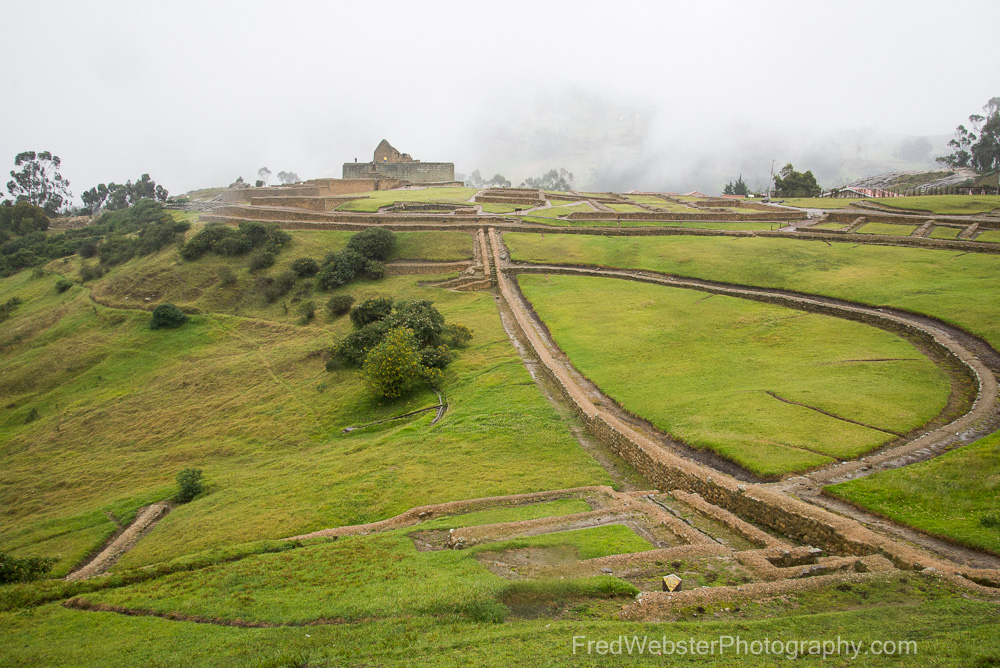
Ingapirca is the largest Inca ruins in Ecuador. It was build in the same time period as the more famous Machu Pichu but far less crowded. Exploring the ruins would have benefited from some nicer weather. Although our visit was cut short by heavy rains I was impressed by the exquisitely carved blocks of stone forming the immense Temple of the Sun. It is worth a visit.
Next stop, Cuenca.

